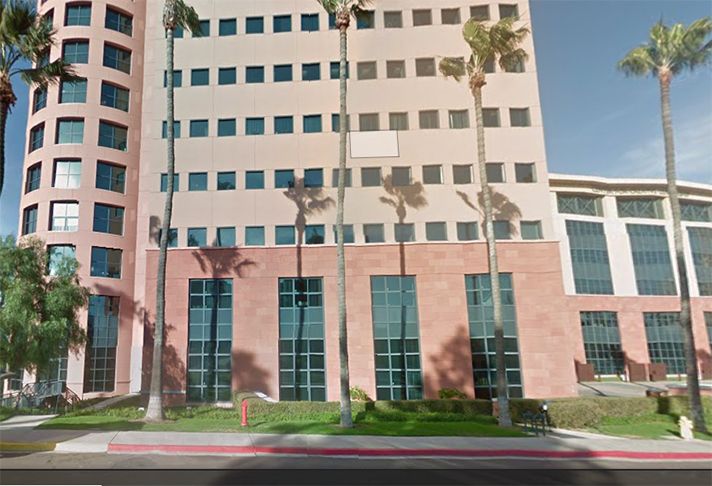Office Demand Outpacing Supply In Suburban San Diego, As Major Employers Expand
San Diego's suburban office market is experiencing greater demand than supply, lowering vacancy and pushing up rents. Bisnow caught up with JLL managing director Bob Prendergast (snapped here with his wife, Sally, at the opening of his JLL partner Lynn LaChapelle's new winery, Domaine Artefact) to find out why.

Bob, who co-leads JLL’s San Diego capital markets team, tells us expansion of the county’s biggest economic drivers, defense and life sciences, as well as changes in delivery of healthcare services, are driving down vacancy in suburban submarkets and pushing up rents.
High demand has rents rising particularly in the I-15 Corridor and North Cities submarkets, where direct annual asking rents in Q4 2015 rose to $33.60 per SF and $45.12 per SF, respectively. Meanwhile, overall average direct asking rents for Class-A office in San Diego County escalated to $38.76 per SF.
Of the 634k SF of Class-A office space leased last year, 437k SF was in the I-15 Corridor and 149k SF in Carlsbad (more than 95% of the total for the county). Carlsbad, which posted its highest rents in Q4 2015, experienced the greatest positive net absorption in the county, with a total of more than 133k SF leased.

The San Diego tenant base is a strong mix of life sciences, laboratories and other tenants who need low-rise space, which is what suburban submarkets have, Bob tells us.
There's strong tenant demand for newly renovated, low-rise office and industrial flex space from companies that are technical and manufacture products, such as medical devices, satellites, drones and wireless technology, Bob says. "They can’t do this in a high-rise.”
Pictured is Willow Green Corporate Park in the Scripps Ranch submarket in the I-15 corridor, which was recently acquired by Cypress Office Properties. Bob and Lynn handled the transaction for seller LBA Realty.
With healthcare becoming consumer-oriented, the county’s major healthcare providers — Scripps Health, Sharp Healthcare and Kaiser Permanente healthcare systems —are establishing professional office buildings, and outpatient diagnostic and treatment facilities in suburbs for the convenience of patients.
The Class-B office market is seeing strong demand as a result of repositioning older buildings to creative office space with amenities. Bob tells us employers want amenities to attract and retain talent. “Open floor plans lead to increased collaboration amongst employees and greater employee satisfaction. Buildings that provide these new environments are in greater demand,” he says.
San Diego's overall office vacancy rate peaked in 2009 at 17.4% for all classes of office space, and has declined ever since. Vacancy dropped to 13% in 2014, and then ticked up slightly at the beginning of 2015 to 13.3%, according to a JLL report. Robust office construction in 2015, however, brought nearly 1M SF to market. More than half of new construction was spec development, and more than 80% of it remained vacant at the end of 2015, pushing the region’s overall direct vacancy up slightly. Overall, direct Class-A vacancy was 10.6% and Class-B 15.5%.
The San Diego office market attracted institutional investors and total sales rose from $1.8B in 2014 to $2.5B in 2015. Pictured is the 11-story Aventine office building in the University Towne Centre submarket, which Boston-based Rockpoint Group purchased for $150M last year.
Top buyers included Rockpoint Group; Brookwood Financial, which invested $113M; a JV of locally based Cruzan and Dallas-based Invesco investing $85M; Toronto-based Manulife, John Hancock Financial Services’ parent company, investing $163M; and two REITs, Pasadena-based Alexandria Real Estate Equities and locally based BioMed Realty Trust investing $105M and $89M, respectively.

